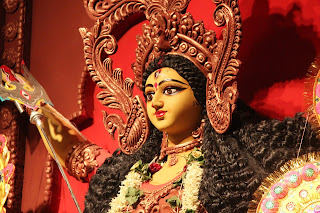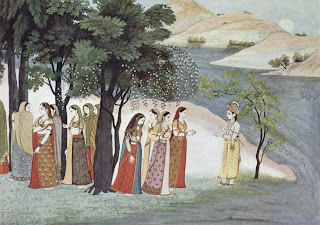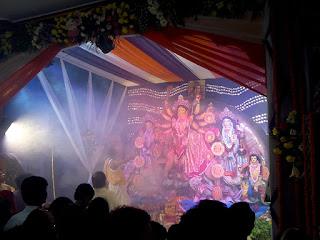THE MYSTERY BEHIND THE LEECH IN LORD DHANVANTARI'S HAND?

Lord Dhanvantari is an incarnation of Lord Vishnu. We get his first reference in Srimad Bhagwatam, where he emerges out of the churning of ocean milk by the devas and the asuras, holding a pot of ambrosia or nectar in his hands. He is one of the 14 jewels that emerged from the churning of the ocean. He is depicted as a handsome figure with four hands holding a pot of nectar, shankha, chakra and a leech. The story goes that both Devtas/Demigods and Asuras/Demons wanted to become immortal, but for that they needed to churn the ocean of milk. So they decided to come together and with the help of Lord Vishnu who incarnated as a tortoise, Mandara mountain which acted as the pole and Snake Vasuki as the rope, they start the churning process (sagara manthan). The churning of the ocean of milk can be compared to the spiritual endeavour of a person to attain self realisation. The churning of the ocean of milk first produced a deadly poison. (halahala) Nobody knew what to do with it and ult...





